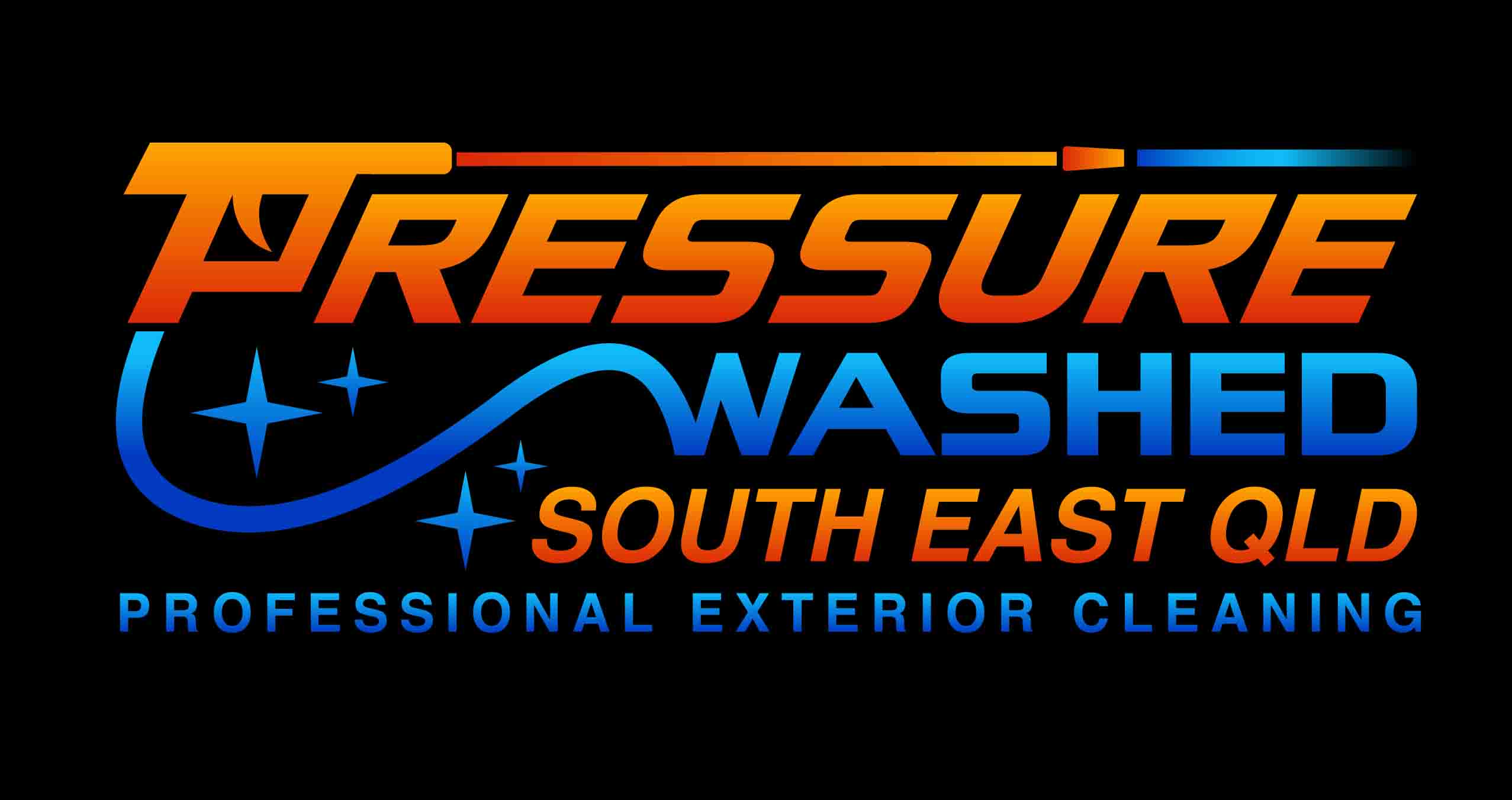
Are you tired of losing pressure while pressure washing? The culprit might be friction loss in your pressure washing hoses. Read on to discover the how’s, why’s, and solutions to friction loss in pressure washing hoses.
Table of Contents:
- What is Friction Loss?
- Causes of Friction Loss in Pressure Washing Hoses
- The Importance of Pressure Washing Hose Size
- Tips to Reduce Friction Loss in Pressure Washing Hoses
- The Importance of High-Flow Connections
- Ensuring Sufficient Water Flow to Avoid Starving the Pump
- Best Hoses for Combating Friction Loss
- Common Mistakes to Avoid When Handling Pressure Washing Hoses
- The Future of Pressure Washing Hoses: Technological Advancements
- Frequently Asked Questions about Friction Loss in Pressure Washing Hoses
What is Friction Loss?
Friction loss is the loss of pressure in a pressure washing hose due to the resistance of water flow against the walls of the hose. Friction loss can occur for several reasons and can lead to ineffective cleaning.
Causes of Friction Loss in Pressure Washing Hoses
Several factors can lead to friction loss in pressure washing hoses. These include hose length, diameter, bends/kinks, and worn-out hoses. Longer hoses usually experience more friction loss than shorter hoses, while smaller diameter hoses experience more friction loss than larger hoses.
The Importance of Pressure Washing Hose Size
The diameter of the hose plays a significant role in determining the amount of pressure loss. Smaller diameter hoses will experience more frictional pressure loss than larger diameter hoses. Industry standard diameters for pressure washing hoses are 1/4 inch and 3/8 Inch.
Tips to Reduce Friction Loss in Pressure Washing Hoses
There are several ways to reduce friction loss in pressure washing hoses. These include using a shorter hose, straightening out any bends or kinks, ensuring proper hose diameter, using minimal hose attachments, and using a high-quality hose.
 Professional External Pressure Cleaning
Professional External Pressure Cleaning
The Importance of High-Flow Connections
High-flow connections are crucial in maintaining pressure and flow rate in your pressure washing system. If you are experiencing flow issues it may be from a connection in the line. Low-quality or incompatible connections can restrict water flow, leading to increased friction loss and decreased cleaning efficiency. It is important to select high-quality, compatible connections to ensure maximum performance and prevent damage to your system.
Ensuring Sufficient Water Flow to Avoid Starving the Pump
In addition to the pressure washing hose, it is crucial to ensure that you have sufficient water flow going to your pump. Insufficient water flow can lead to pump starvation, causing pressure loss and inefficiency in your pressure washing system. Make sure you are using a water source with a flow rate that meets the requirements of your pressure washer. It may be necessary to install a water flow booster or use a larger water supply (Reservoir) to ensure optimal performance.
Best Hoses for Combating Friction Loss
A high-quality hose made from high-quality materials is important in combating friction loss. Pressure Washed Southeast QLD carries many high-quality hoses. The primary hoses that are best suited for combating friction loss include PowerwashStore.com’s Jumper Hose, Kobrajet’s Max Grey Non-Marking, Kobrajet’s Max Blue Non-Marking hose to name a few.
Common Mistakes to Avoid When Handling Pressure Washing Hoses
To prevent friction loss and extend the lifespan of your pressure washing hoses, it is crucial to avoid common mistakes. These include using excessive pressure, allowing the hose to twist or kink, neglecting proper storage, using incompatible fittings, and ignoring signs of wear and tear.
The Future of Pressure Washing Hoses: Technological Advancements
With advancements in technology, pressure washing hoses are becoming more efficient and durable. Features such as anti-kink properties as well as enhanced materials, and improved flexibility are revolutionizing the pressure washing industry, promising a future of smoother hose operations and reduced friction loss.
Frequently Asked Questions about Friction Loss in Pressure Washing Hoses
- Q: Can I use a small diameter hose for pressure washing?
A: Smaller diameter hoses experience more friction loss, making them less effective for pressure washing. - Q: How do I reduce friction loss in my pressure washing hose?
A: You can reduce friction loss by using a higher diameter hose, using a shorter hose, straightening any kinks in the hose, and using a high-quality hose. - Q: What is the industry standard diameter for pressure washing hoses?
A: The industry standard diameters for pressure washing hoses are 1/4inch and 3/8inch - Q: What type of hose should I use to combat friction loss?
A: A high-quality hose made from high-quality materials are best suited for combating friction loss. - Q: Can I use a longer hose for pressure washing?
A: Longer hoses experience more friction loss, which can be mitigated with a higher-quality hose. But it’s better to use a shorter hose to reduce friction loss.
Conclusion:
Friction loss is a common problem in pressure washing but it is easily solvable. By using high-quality hoses, proper hose diameter, compatible high-flow connections, ensuring sufficient water flow to avoid starving the pump, and straightening out any kinks, you can combat friction loss and maximize the efficiency of your pressure washing.
Avoid common mistakes and stay updated on technological advancements to optimize your pressure washing operations.
Contact Pressure Washed South East QLD for all of your pressure washing needs at 0487 000 328 or visit our website at www.pressurewashed.com.au.







